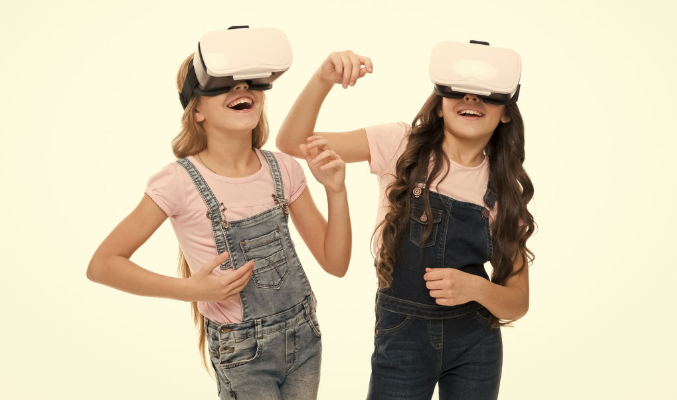You bought a new virtual reality headset because you know your 10-year-old will want to try it out, and you can’t wait to do so. But Is a VR headset good for a 10 year old? For more information on how much screen time is too much and whether or not VR headsets are suitable for the young age group, keep reading.
Virtual reality is a rapidly expanding technology that is gaining popularity with young people. A VR headset provides a virtual environment where a person can gaze about 360 degrees, hear exhilarating noises, and move their body to interact with the environment significantly. Around the world, virtual reality headsets are at the top of children’s wish lists, yet many of them have age limits. Is a VR headset good for a 10 year old? Let’s explore this innovative new technology’s specifics.
What You Should Know About VR and Kids
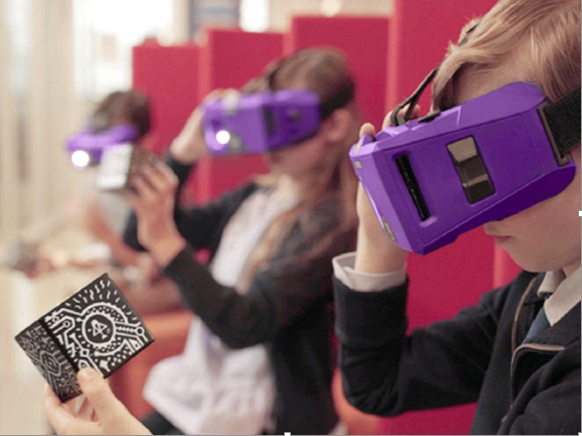
Since they first appeared in malls and shopping centers in 2016, children have been enjoying virtual reality games at VR arcades. Arcades, however, limit the amount of time you can play. VR booths are available for rent by the half-hour at some VR arcades, such as ControlV. Beat Saber, an arcade game from VRsenal, only lasts five minutes. Location-based virtual reality experiences are carefully crafted, don’t last long, or occur frequently enough to affect kids. When it comes to exposing children to the realm of virtual reality, how young is too young? This article addresses the crucial topic, Is a VR headset good for a 10 year old, and responds.
1 – Sickness from Virtual Reality
Seizures, convulsions, dizziness, eye cramps, eye strain, altered vision, loss of awareness, disorientation, motion sickness, headaches, and nausea are just a few of the illnesses that VR equipment may bring. These are referred to as VR-induced illnesses.
Children may experience higher eye strain and headaches during a VR experience, though these effects vary greatly between adults. Many parents assert, however, that their child can use VR without experiencing overt negative consequences. That might be the case. However, we are unsure of how VR will affect a child’s vision in the long run.
2 – Prospective Harm
The most obvious issue is your hyperactive child running around your living room while wearing a virtual blindfold, so let’s start there. Maintaining spatial awareness is challenging when using VR, especially for developing minds. Children are more likely to forget their surroundings are simulated and walk straight into a wall while trying to chase a virtual monkey than adults, who will recall that they aren’t standing in a rainforest.
To help you know when to stop and turn around, some developers, like Oculus and HTC, allow you to build virtual barriers corresponding to the space’s size. But since when do kids respect the rules? Injury is still a possibility.
So, instead of having your child walk into walls when introducing them to virtual reality, have them get used to spinning about on a chair that can rotate. Help them understand that the preferred mode of play for most Oculus Rift owners is to sit while using the headset.
3 – VR’s Impact on the Brain
A University of California investigation on rats discovered that virtual environments changed the functioning of the neurons in a particular brain region linked to spatial learning. More than half of the neurons shut off when exposed to virtual reality. Although it is still unclear whether these findings apply to people, this study made clear the urgent need for further research on the long-term impacts of VR technology, particularly on young children.
4 – Strained Eyes
We frequently use smartphones. Have you ever noticed that using your smartphone in the dark, such as in bed just before going to sleep, hurts your eyes?
Adults frequently experience eye pain after using VR equipment for a bit of time. We also discovered that some adults could use VR for extended periods without problems. Children’s eyes, however, are unique. They have more delicate eyes. The VR’s display is two inches away from the user’s eyes. Children will, therefore, immediately experience eye strain. Since the VR experience will astound them, they might not instantly remark that their eyes hurt. However, difficulties could arise from frequent exposure.
5 – Feeling Dizzy
Virtual experiences that require sitting have their own set of issues. Your inner ear informs you that you are sitting stationary even though your eyes tell you that you are flying through the air like a bird. This disconnect usually results in nausea or vertigo after lengthy VR sessions. Seeing objects on a screen less than an inch from your eyes when they are thousands of yards distant also confuses your brain. Over time, this disparity, also known as the “vergence-accommodation conflict,” may result in headaches or nausea.
Children may not experience the effects as intensely as adults, and some resilient children may not experience any effects at all. Children are more inclined than adults to overlook signs like eye strain, according to research, to play for longer. Optometrists advise a maximum of fifteen minutes of VR use per session, followed by ten minutes of rest, to counteract this. We advise you to start your child with activities or games requiring little movement. Ratings like “Comfortable” or “Moderate” in the Oculus Store let you know how intense the experience will be before you buy.
6 – Eye Development
The long-term consequences of VR on vision are unknown. Children’s eyes continue to develop throughout childhood, and strain might occur more frequently in growing children than in fully grown adults.
7 – Seizures
Oculus reports that about one in 4,000 users may get photosensitive or epileptic seizures from virtual reality brought on by flashing lights or patterns, even though most users won’t ever experience this problem. Even if it’s the same as what kids might encounter while watching television or playing non-VR video games, you should still keep an eye on how much time your children spend playing.
Made Not For Children, VR Goggles
Both Sony and Oculus claim that minors should not use their VR equipment. It is because their VR headset is not appropriately sized for kids. Interpupillary distance (IPD) in children differs from that in adults. The average IPD of an adult is 63mm, while that of a child is 40mm, according to the University of Cambridge Computer Laboratory3.
VR that is poorly fitted and unfocused strains the eyes. Because of this IPD mismatch, VR equipment for adults will make toddlers queasy. Manufacturers advise against letting children under 13 use VR because of this. In addition, they recommend that adults solely supervise children over 10 who are using this headset.
Hard Rule or Suggestion for Ages 10 and Up?
If you want to get your 10-year-old child a VR headset, be ready to practice helicopter parenting and watch over their use to ensure that they don’t damage their eyes or brains by immersing themselves for hours in Minecraft VR.
It seems logical to hold off till they are older, when they are more independent, have better impulse control, and have a better idea of who they are. The 10-plus range, though, isn’t necessarily a set rule. Kids can experience beautiful, immersive excursions in make-believe worlds for brief periods.
Parents’ Opinion:
Several times, parents let their kids under 10 use VR equipment. These parents claim there are no issues when letting their kids use VR for 5 to 10 minutes at a time.
How We Chosen the Top VR Headsets for Children
Following analysis, Is a VR headset good for a 10 year old? We’ve prepared this list of the top VR headsets for kids after comparing and researching hundreds of models available on the market. These headsets are of the highest caliber, are kid-friendly, and have several modern features to guarantee long-lasting performance. Each product has advantages and disadvantages that can help you decide which is best for your child. These advantages and disadvantages have been determined using actual user reviews from various sources.
1 – Merge VR Headset | BUY ON AMAZON
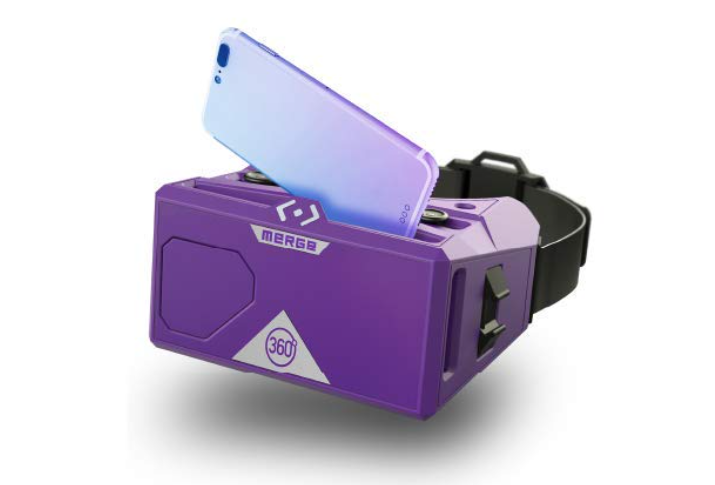
With this prestigious Merge VR Headset, you may send your kid on a global adventure where they can discover everything for themselves. Kids may easily use this headset at home or in the classroom because they make it soft, flexible, and sturdy foam. Both Android and iOS mobile devices can use it.
2 – Atlasonix 3D VR Headset | BUY ON AMAZON
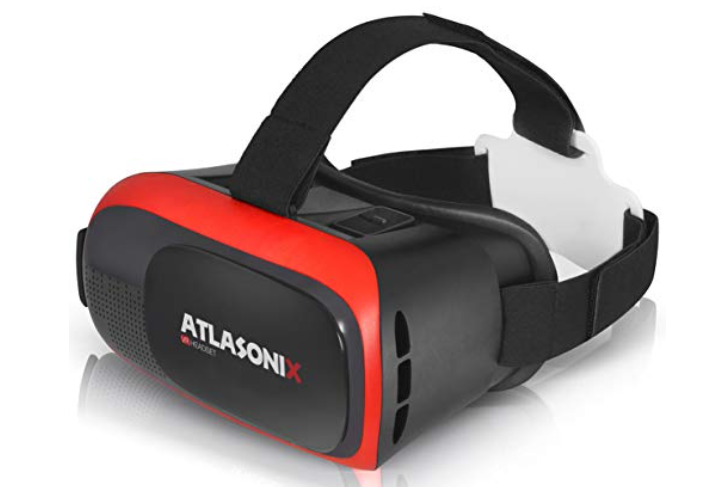
This VR gear lets your child explore a brand-new universe while viewing 3D YouTube videos and engaging in entertaining games. It supports HD, 3D, 1080p, and 4K screen resolutions and offers a seamless experience with a 360° field of view.
3 – VR Wear VR Headset | BUY ON AMAZON
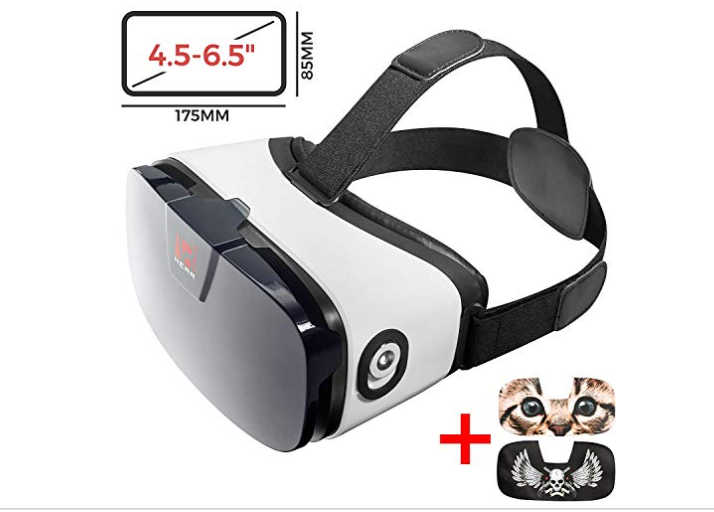
Make your child’s smartphone into a gaming system! All smartphones with screens between 5 and 6.5 inches and a gyroscope are compatible with this VR headset. It has a double lens that lets users adjust it for greater focus in all four directions and separately for each eye.
4 – Discovery Kids VR Goggles | BUY ON AMAZON
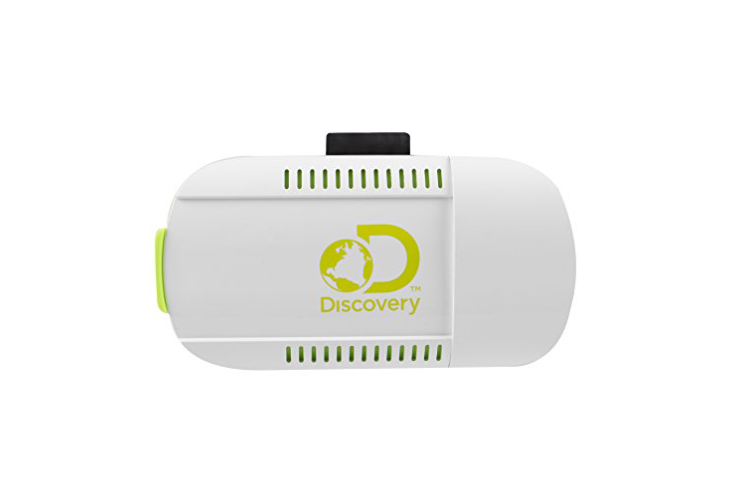
This VR headgear will make the perfect present for your young explorer if they like the programs on Discovery Kids. Using these goggles, they will love seeing their preferred entertainment, such as Shark Week or Everest Forest, up close and in 360-degree views.
5 – VRLab VR Headset
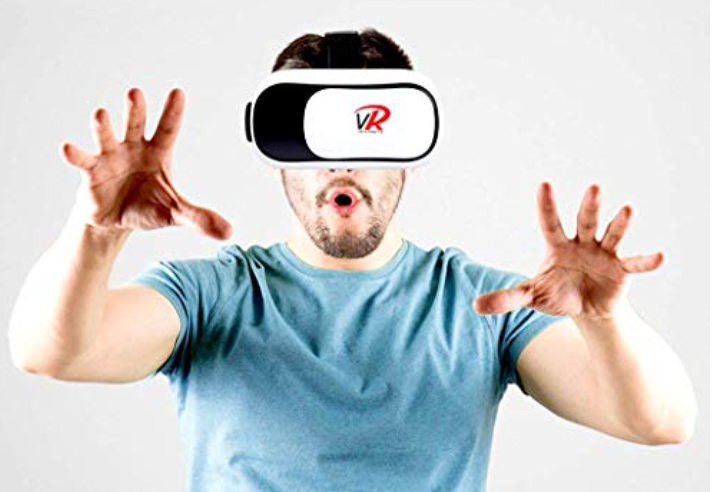
In your virtual world, watching movies or playing video games is anything from boring. The HD optimization and 3D gaming compatibility of the VRLab VR Headset give customers an all-around immersive visual experience. It works with cellphones running the iOS, Android, and Microsoft operating systems.
Conclusion
Is a VR headset good for a 10 year old? Continue reading to learn more! Most people might think it’s a horrible idea to strap on an expensive piece of equipment that can make you queasy and isn’t even available, but the biggest tech companies in the world seem to think otherwise. To make virtual reality (VR) accessible to the public, companies like Facebook, Google, Samsung, and HTC are developing their headgear. If you have young children in the house, this may be problematic.
It’s because manufacturers don’t want any potential litigation and are unsure how VR may affect children’s vision. In addition, we know that VR contributes to headaches, nausea, and eye strain. These side effects affect youngsters more severely than they do adults.
Frequently Asked Questions
Oculus is playable by 10-year-olds.
A: Users aged 13 and older are the target audience for Oculus devices and experiences. They should use parental controls in the material where they are accessible, and adults should keep an eye on how their children, 13 years old and older, use Oculus devices, including the content they choose.
Are children permitted on VRChat?
A: Because there is no age verification on VRChat and the minimum age to use it is 13, there is no assurance that users who engage in sexually explicit activity in private settings are doing so with consenting adults.
Is VR only used for gaming?
A: And given such figures, it should be no surprise that the burgeoning sector has caught the interest of groups other than the gaming industry. Virtual reality headsets are currently being used and developed for many businesses to train employees or provide new opportunities for jobs and experiences.
